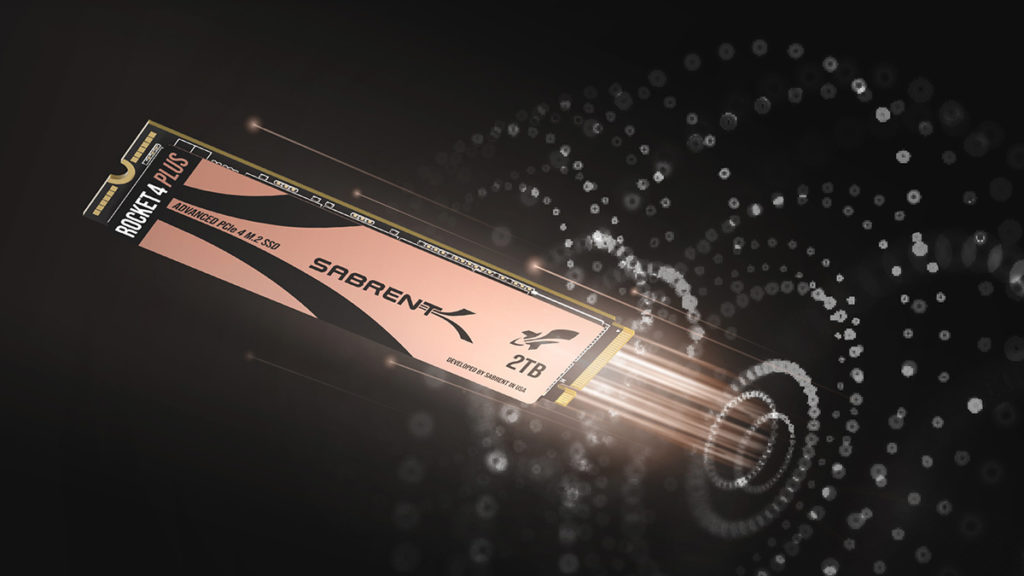- Joined
- May 28, 2019
- Messages
- 10,348
- Reaction score
- 7,250
Image: Sabrent
The world’s fastest NVMe SSD is about to get a size increase. Sabrent has announced that its Rocket 4 Plus lineup will include a 4 TB version on top of its 1 TB and 2 TB versions soon. These SSDs operate at lightning-fast speeds seldom seen on consumer PCIe 4.0 devices. Specs for the 4 TB version have not been released, but we’ve provided details for the 1 TB and 2 TB versions for reference.
Rocket 4 Plus 1 TB and 2 TB Specifications
Interface: NVMe M.2 PCIe Gen4 x4 Interface. Compliancy: PCIe 4.0 Compliant / NVMe 1.3 Compliant.Power Management Support: APST / ASPM / L1.2.PCIe 4.0 read/write speeds: 7000 MB/s (read) and 5300 MB/s (write)PCIe 3.0 read/write speeds: 3400 MB/s (read) and 3000 MB/s (write)Flash Interface Support: ONFi 2.3, ONFi 3.0, ONFi 3.2 and ONFi 4.0 interface.Data Protection...
Continue reading...
